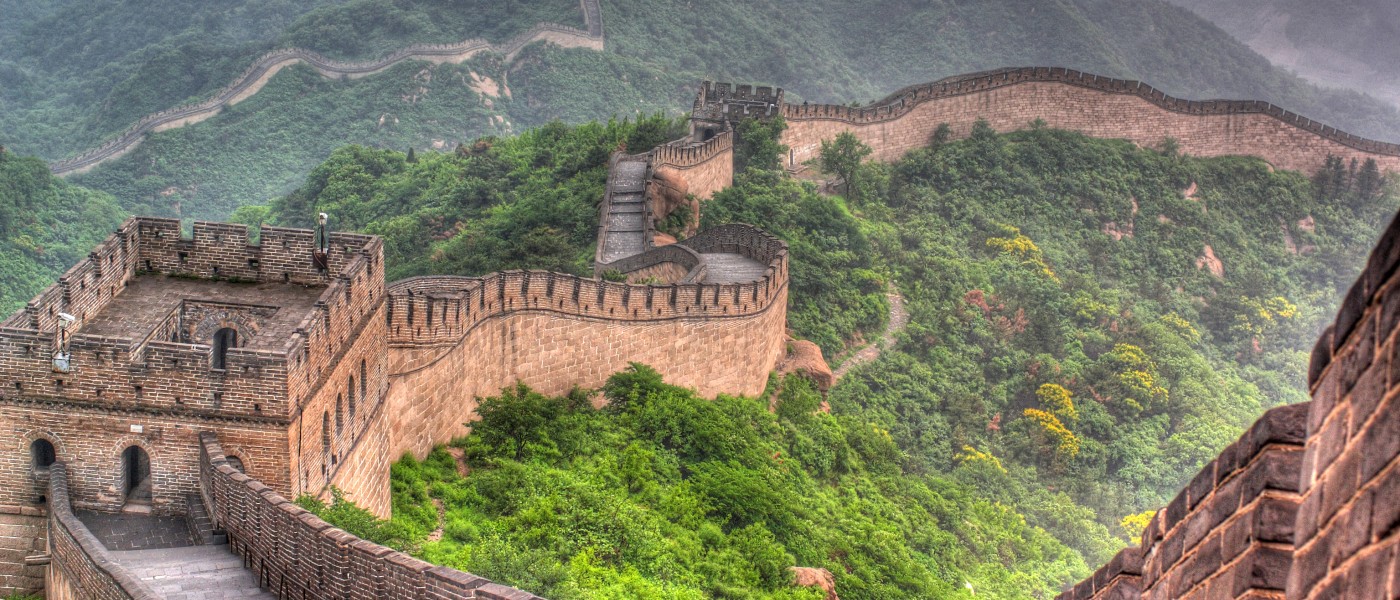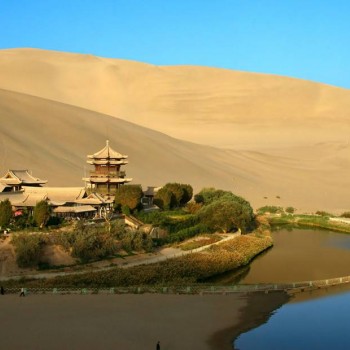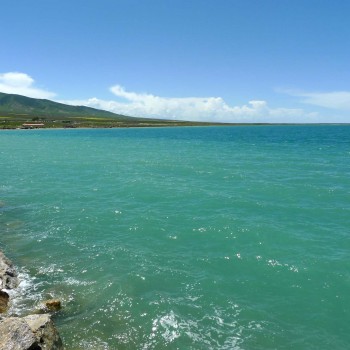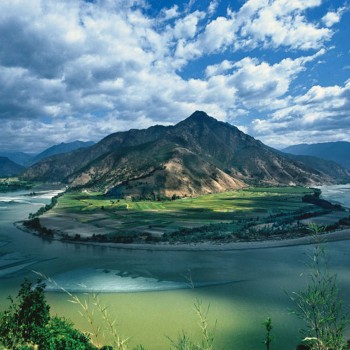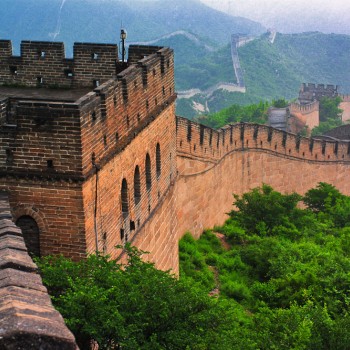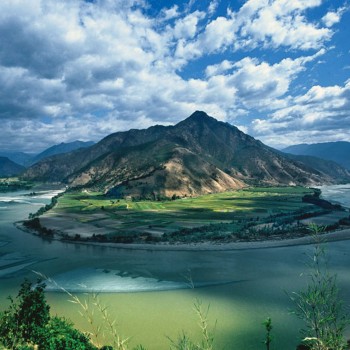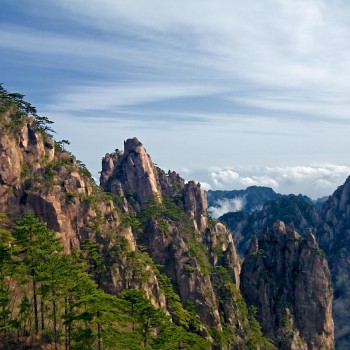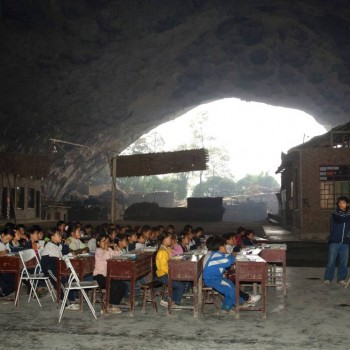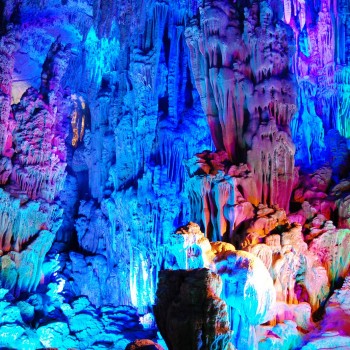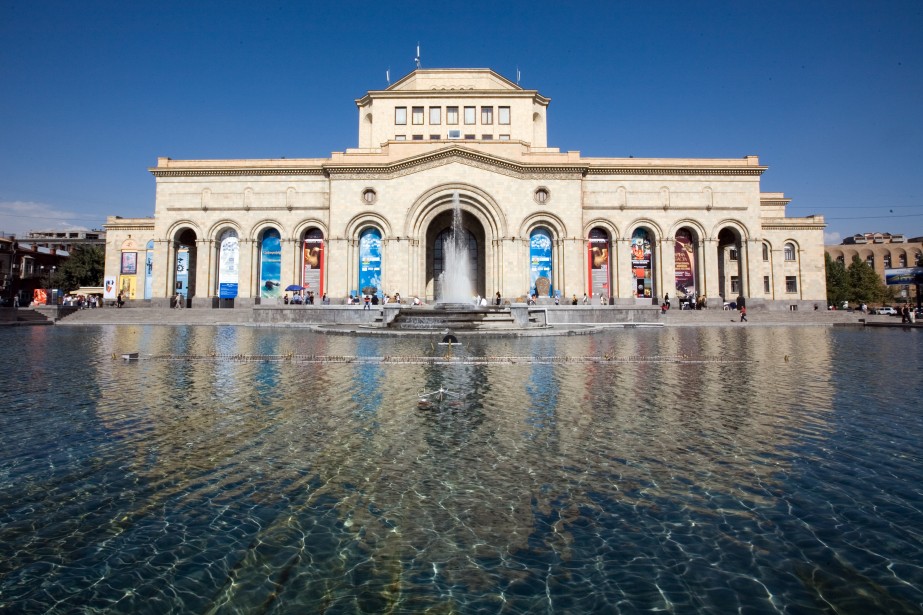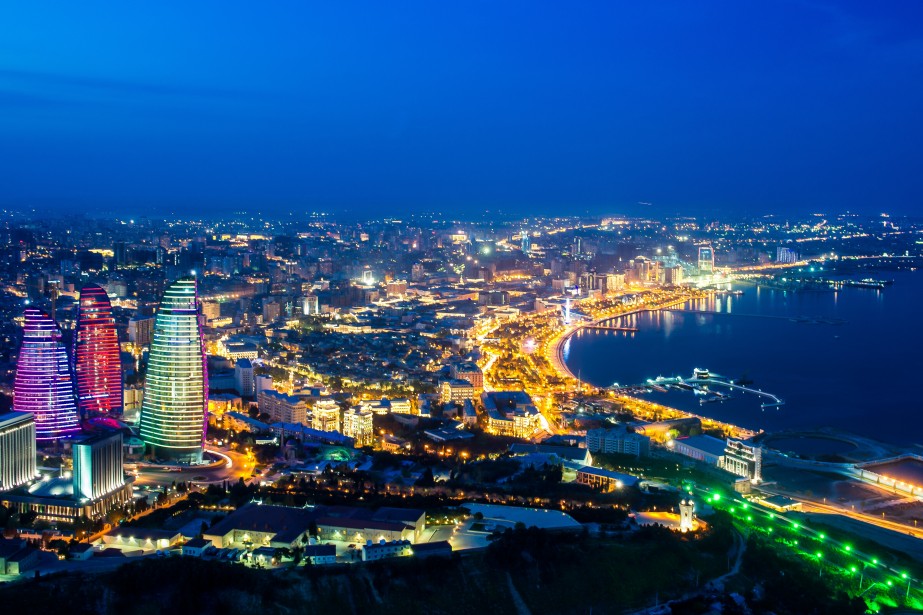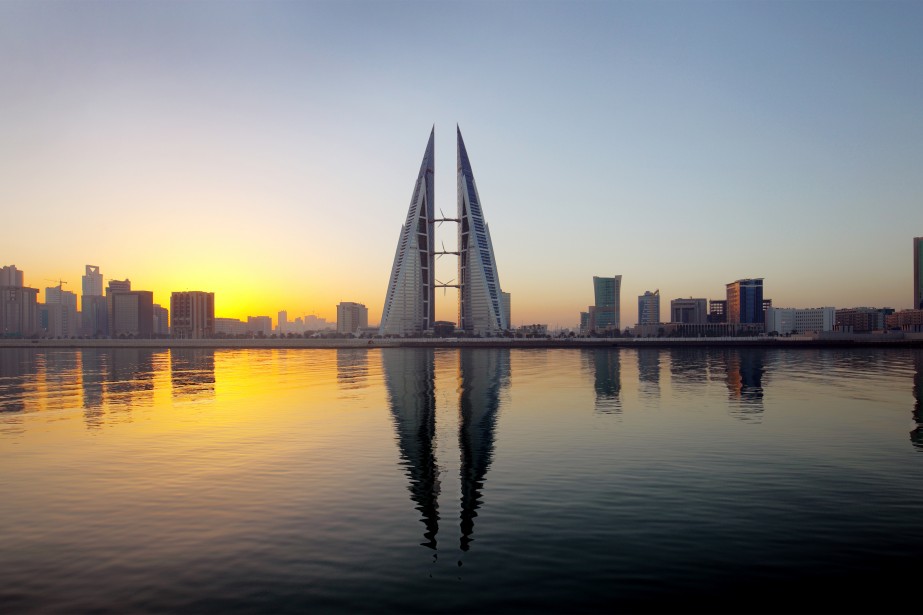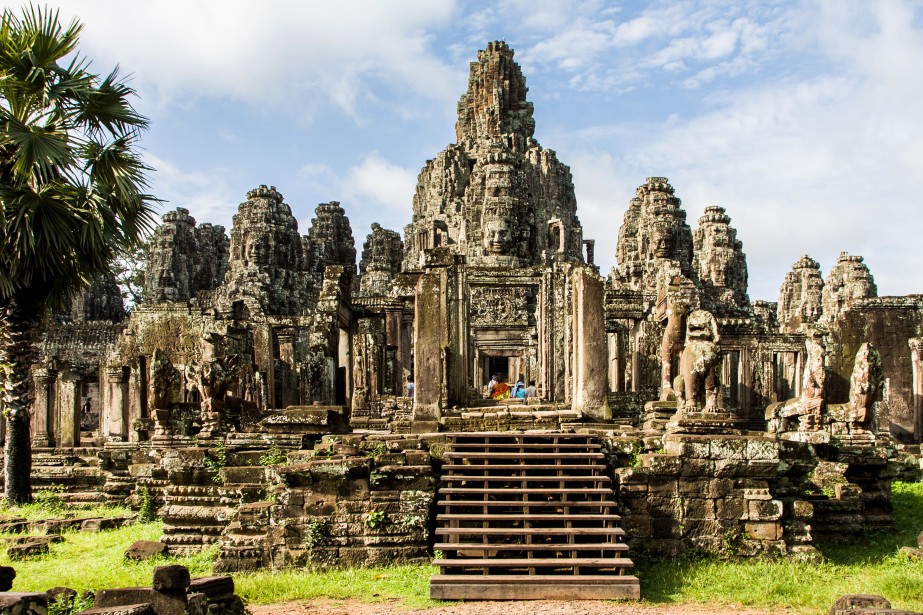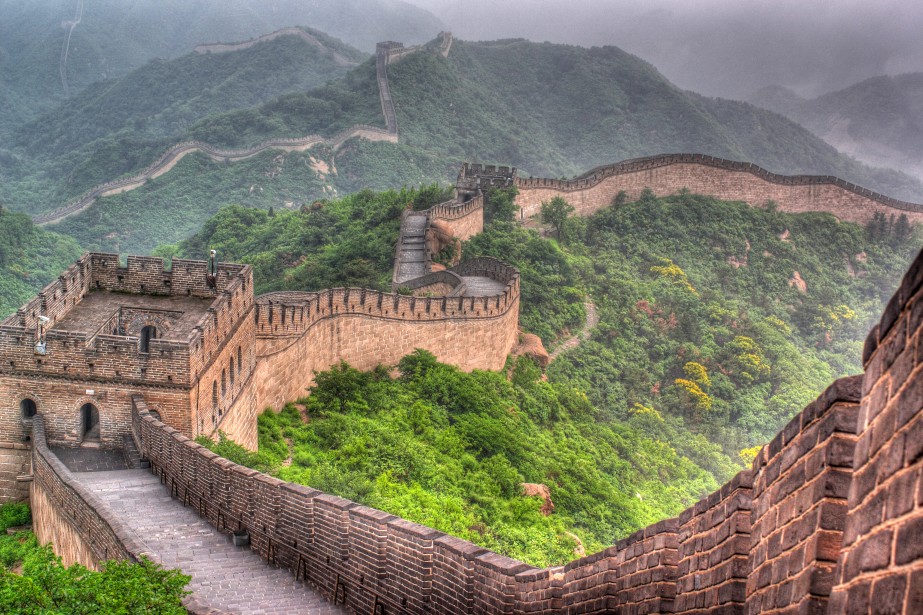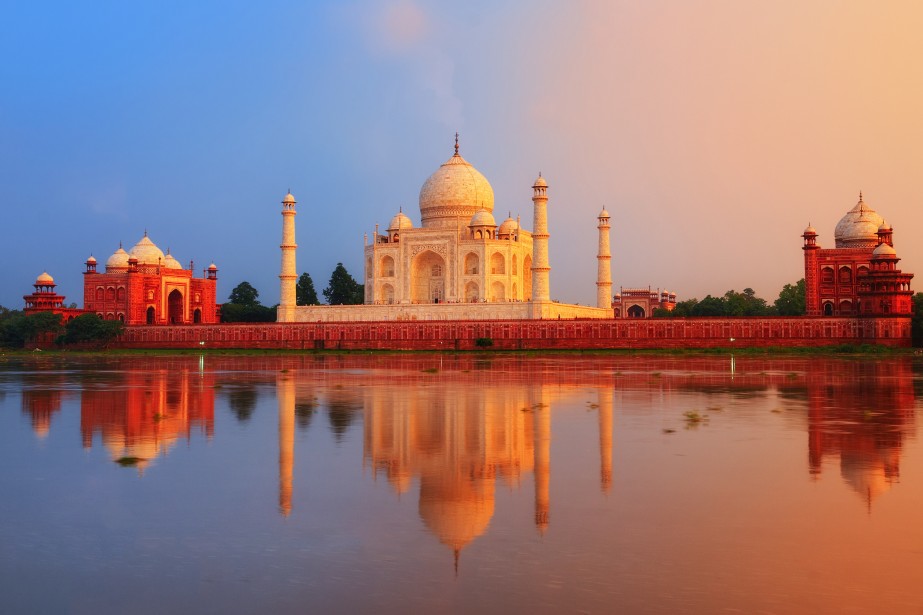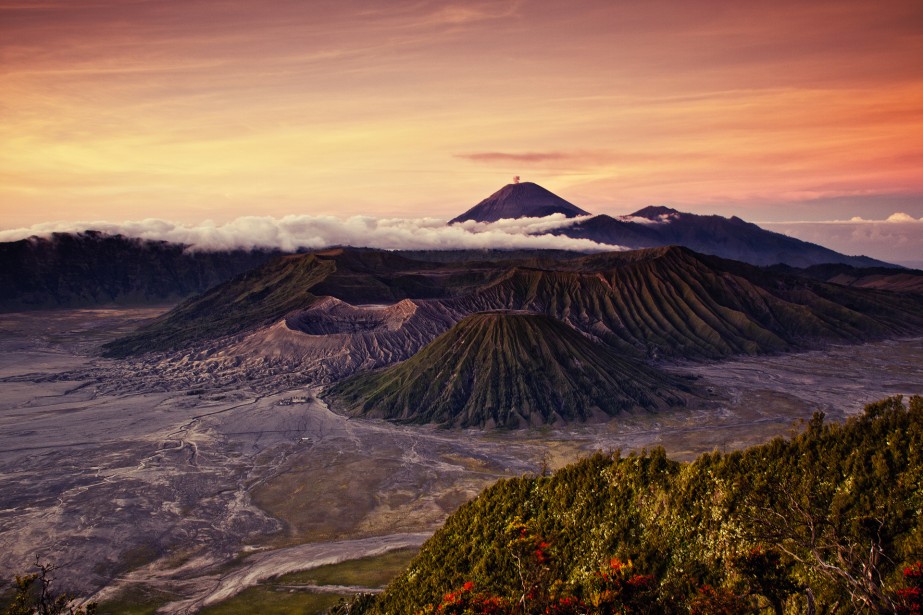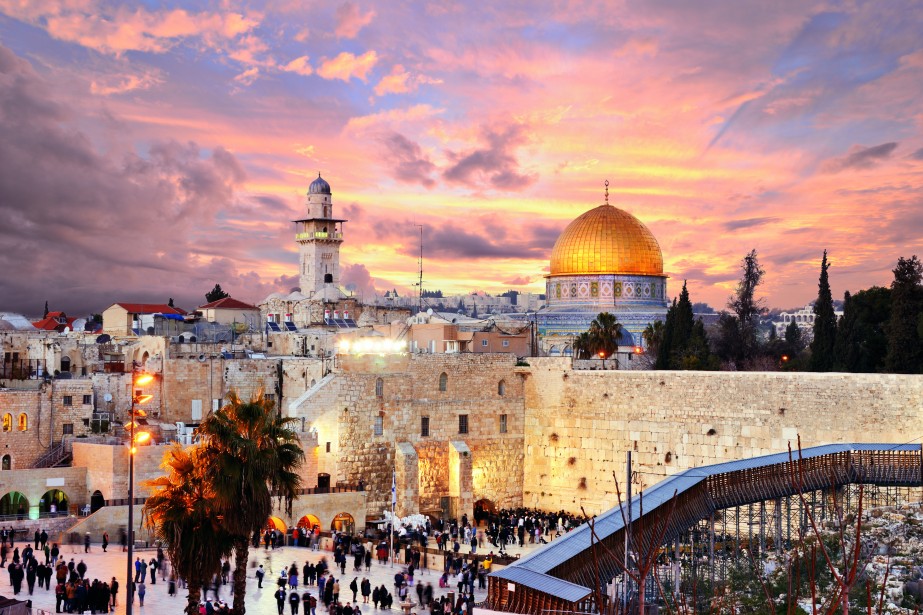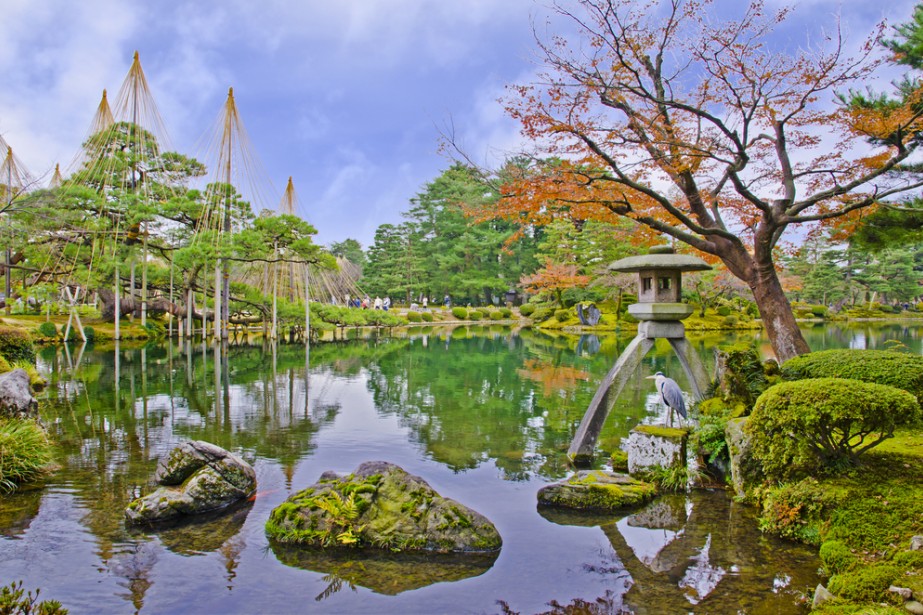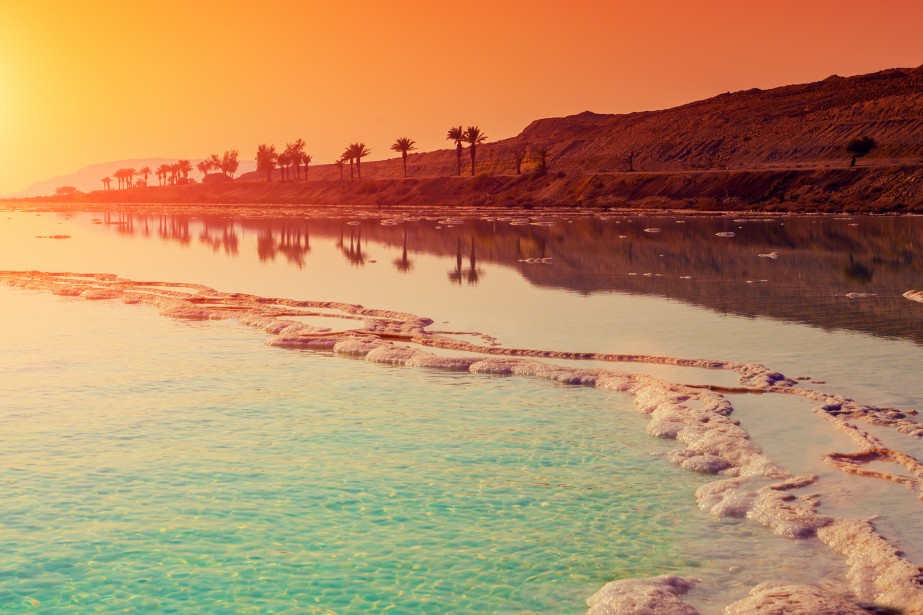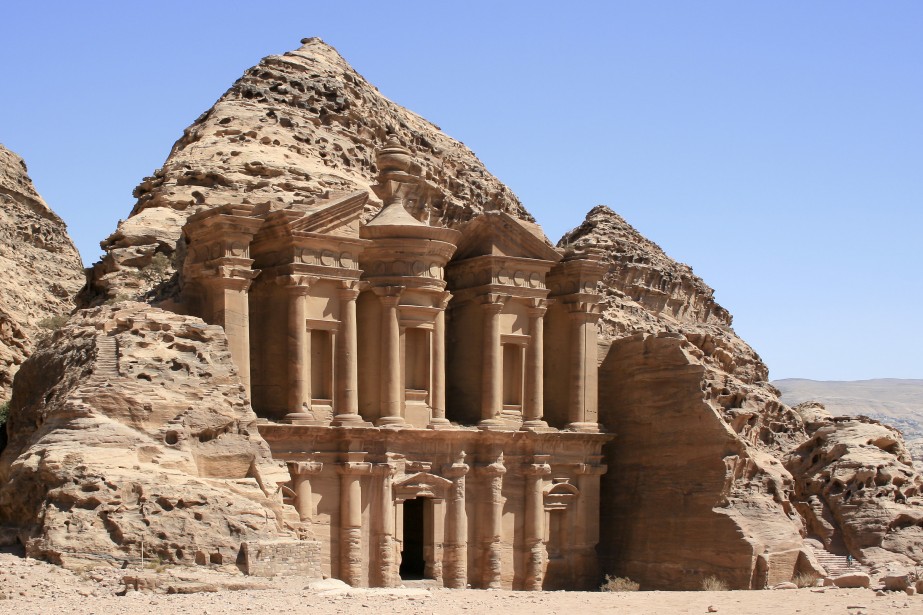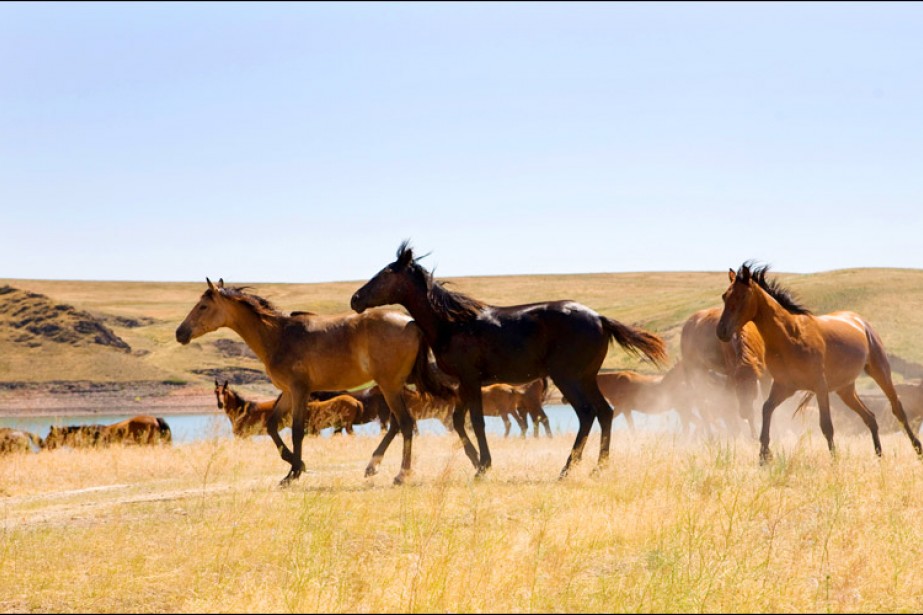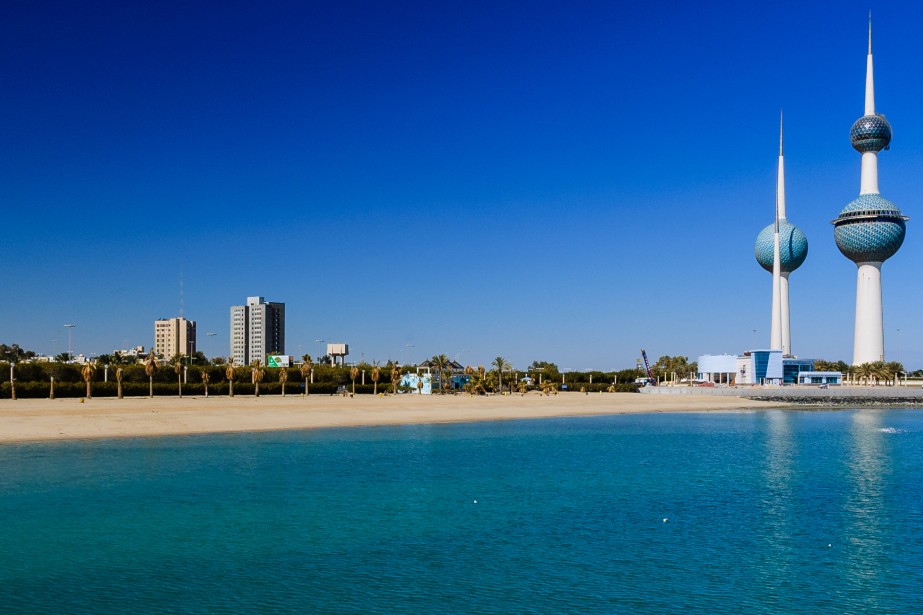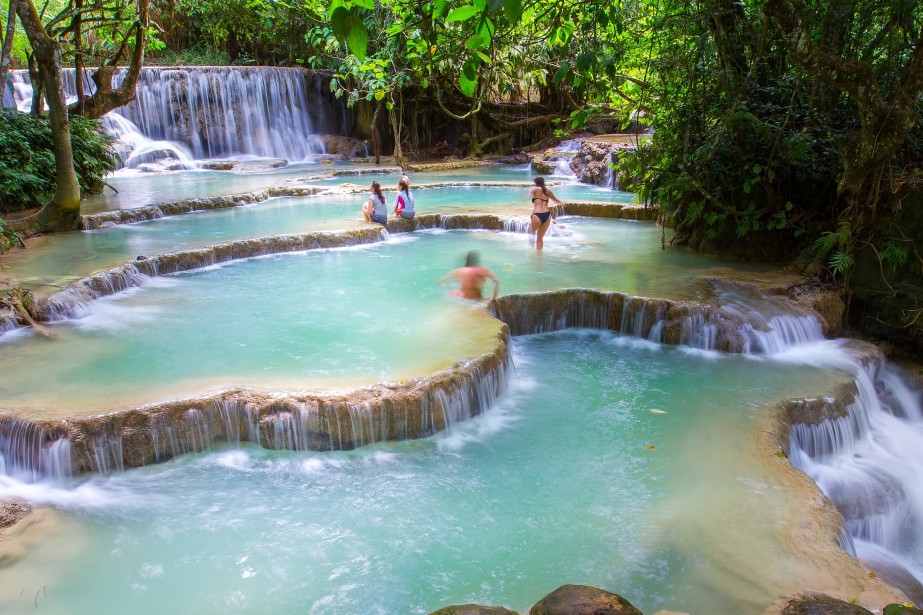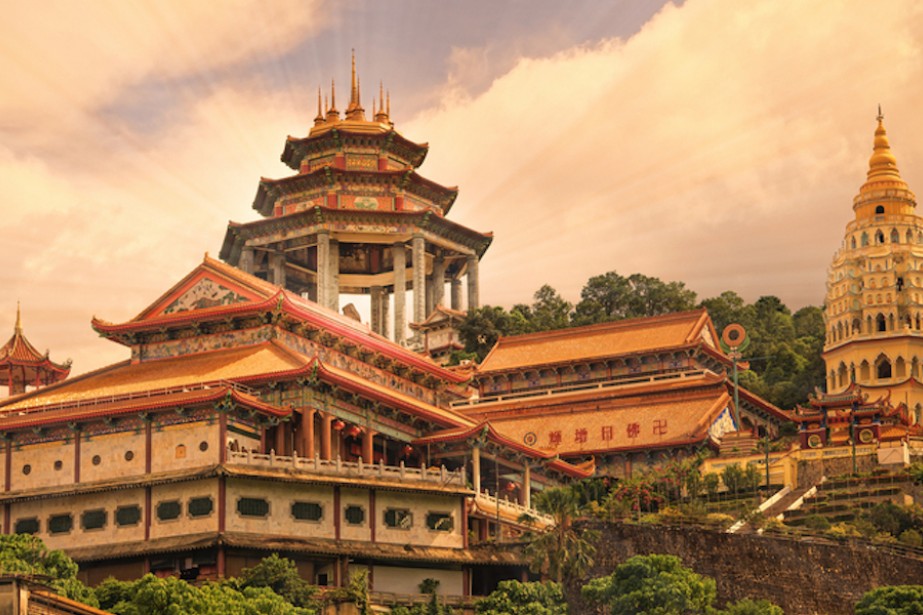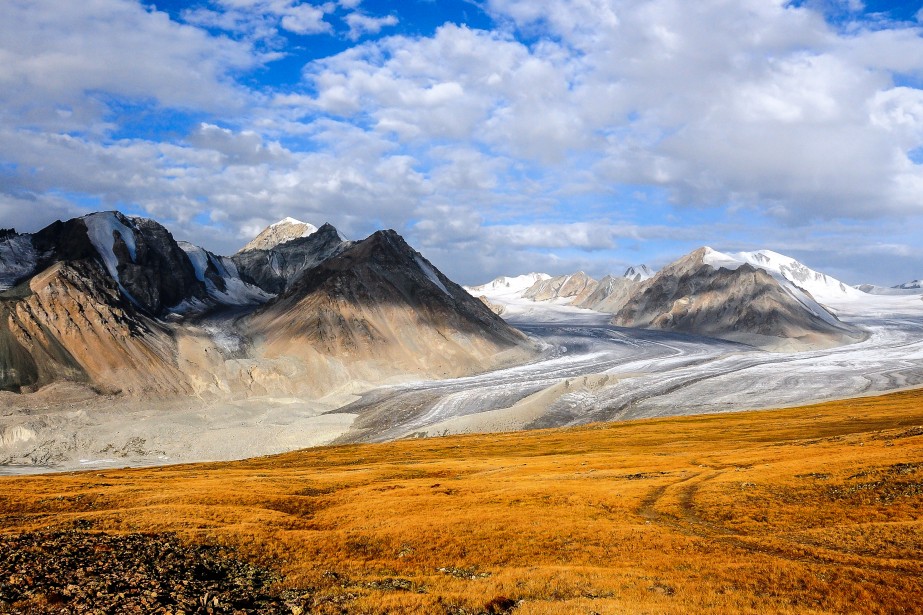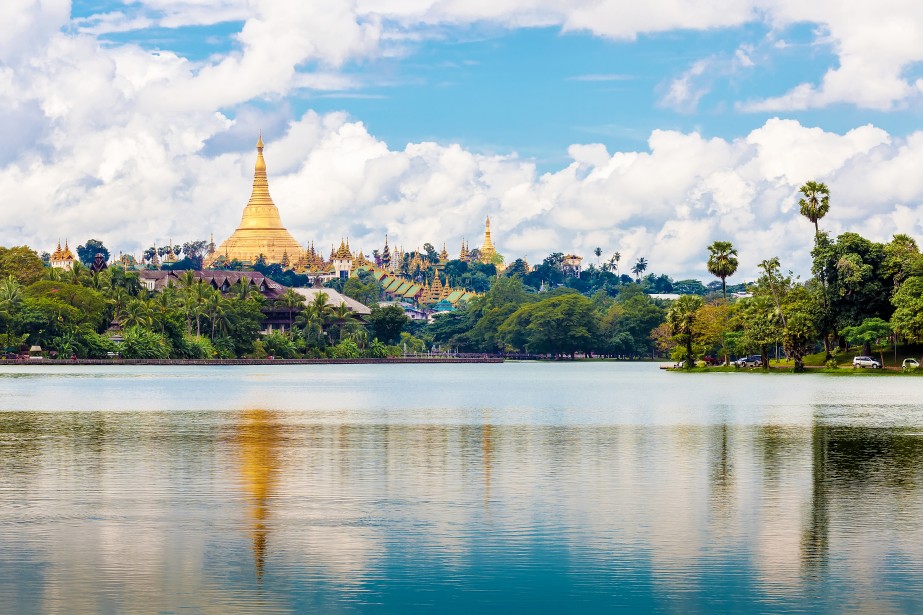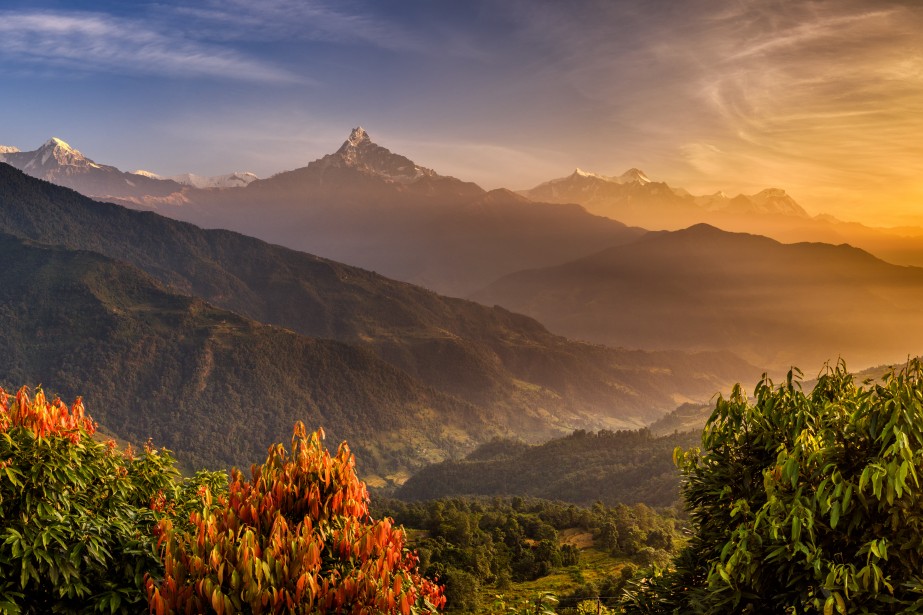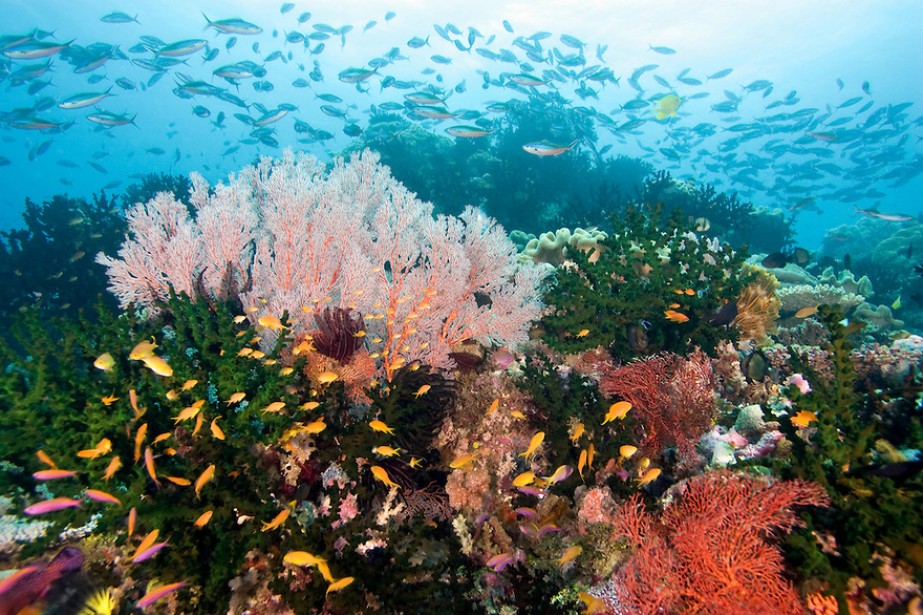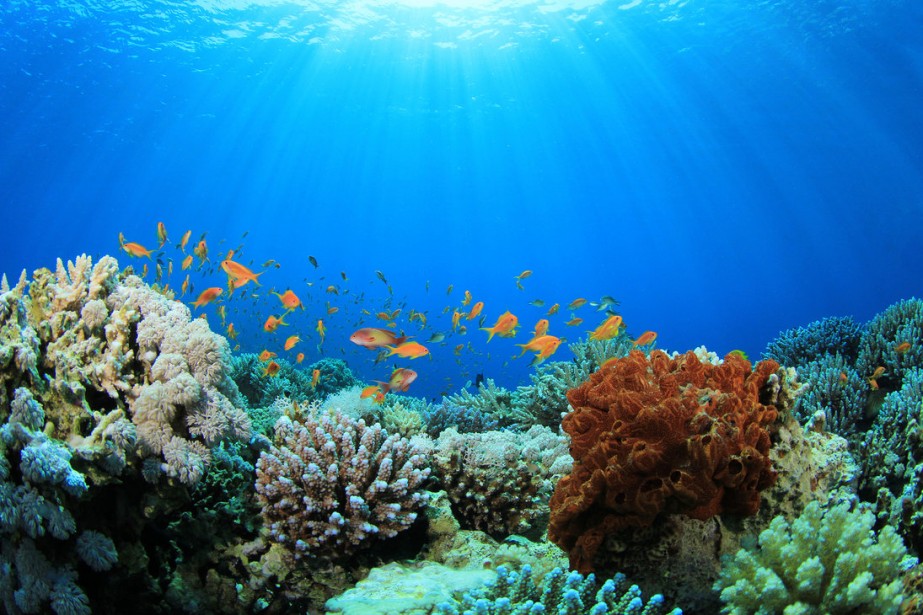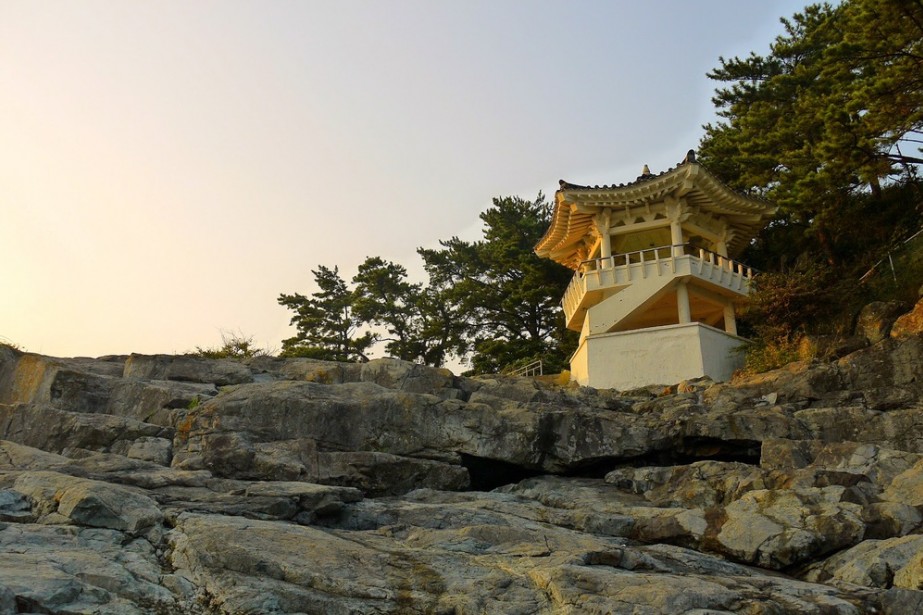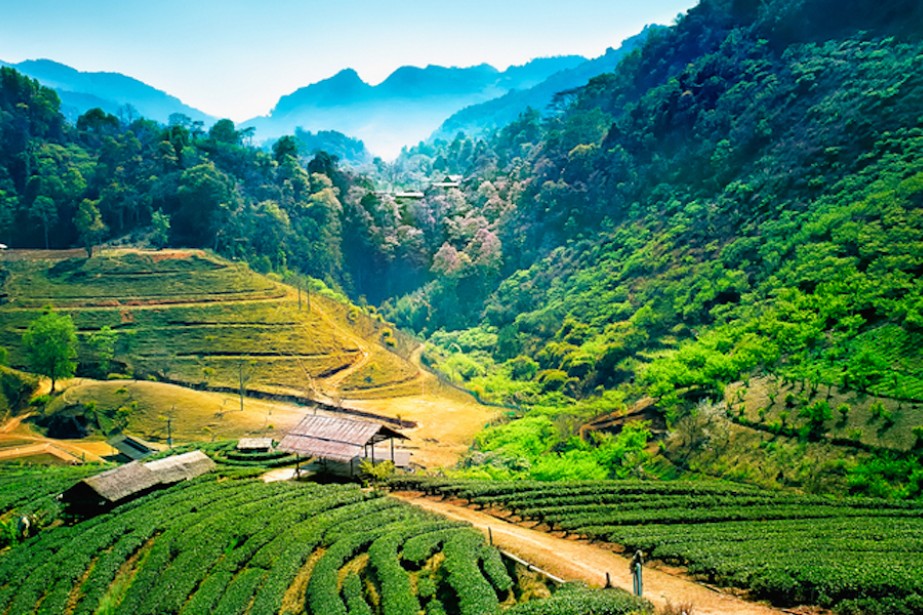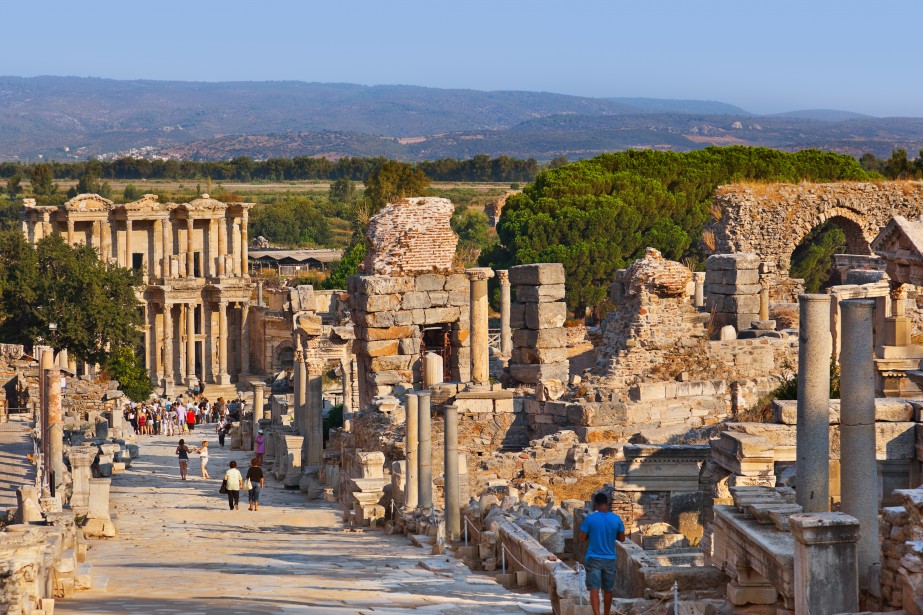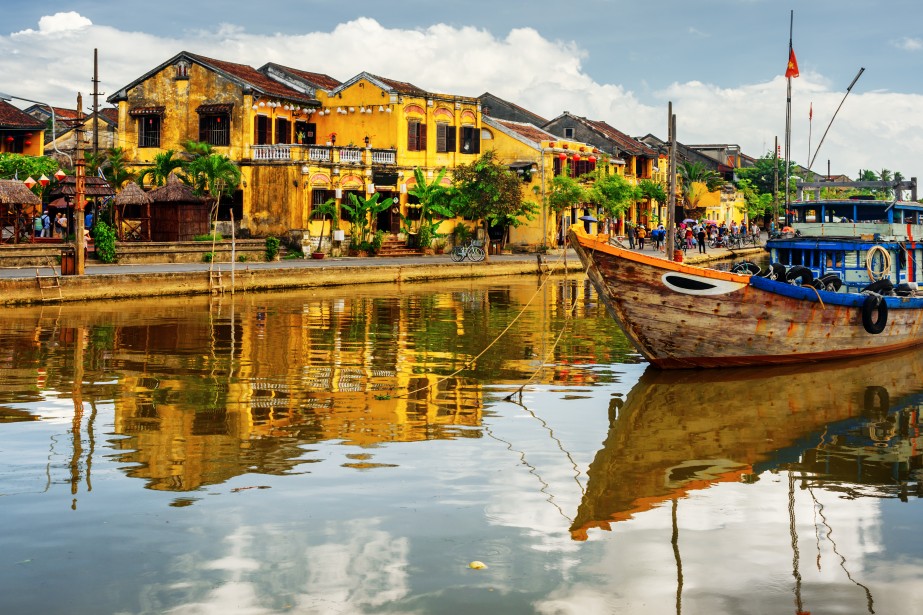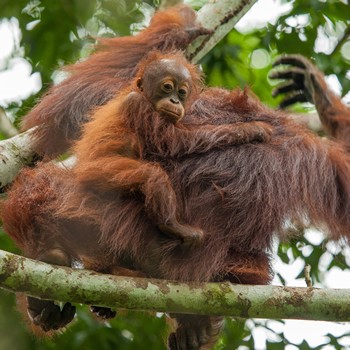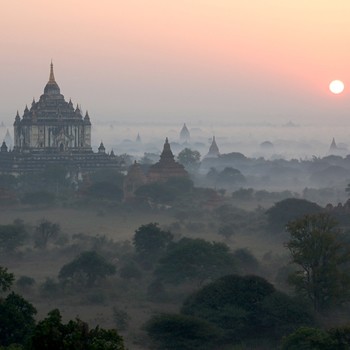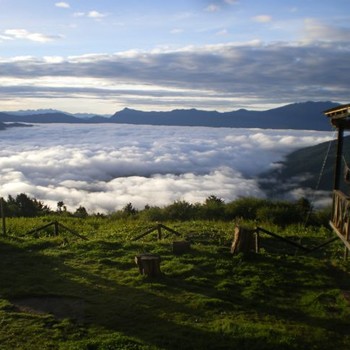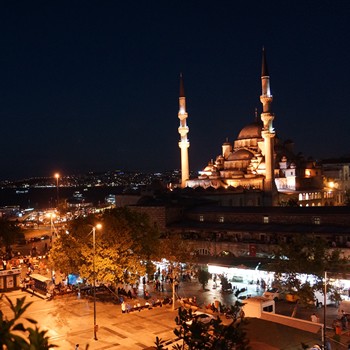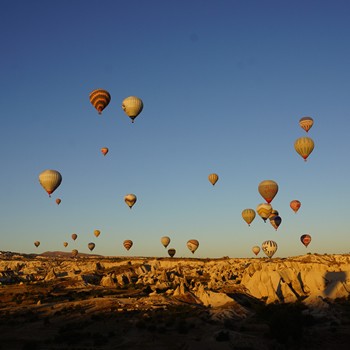Submitted by Heather Demars on August 1, 2016
Overview
Ancient. Exotic. Mysterious. Changing. Vast. China, or more accurately, the People’s Republic of China, is a land so diverse, so expansive, that a person could spend years touring the country and still find hidden treasures. From the summit of Mt. Everest to the tropical beaches of Hainan, the rice paddies of the west to the modern skyscrapers of Shanghai and Hong Kong, China is a country teeming with energy and culture, yet subdued by the quiet peacefulness of ancient spirituality.
Lauded as the fastest changing country in the world, China, once shrouded in mystery, is quickly becoming a popular hot spot for world travelers. Whether it is to tour the Forbidden City and the infamous Tiananmen Square, to walk along the winding Great Wall of China, to witness the electrifying nightlife of Hong Kong, or to simply enjoy the colorful people and local markets, China is waiting for you.
When to Travel
When planning your trip to China, keep in mind that it is an extremely large country and that the climate varies greatly from one region of the country to another. Always consult weather forecasts for the particular region or regions you plan to visit
In general, most people find Autumn and Spring to be the most favorable months for travel in most of the country’s regions. Temperatures during these times are typically between 50 and 70 degrees Fahrenheit, which is ideal for a great number of tourist activities. Many regions become excessively hot between mid-June and the end of August, especially in Wuhan, Tianjin, Chongqing, and Nanchang, otherwise known as the “four furnaces” of China. Winter months may bring excessively cold weather to China, especially in the north. While you may miss out on ideal weather if you plan your visit to China during the off-season summer and winter months, you’ll miss out on the large throngs of tourists also.
Festival dates may also factor heavily into your decision about when to plan your travel. China is a land of festivals, many of which are regional and take place only once a year. Once you decide on your desired locations to visit within the country, it is well worth some time spent learning when the popular festivals in those regions take place and to try to plan your vacation so that you can attend at least one if possible.
Chinese Cuisines and Drinks
When most westerners think “Chinese food”, they typically call to mind egg rolls, fried rice, sweet and sour chicken, with a fortune cookie for dessert. In reality, “Chinese food” is impossible to lump into one category since the foods and methods of preparation vary greatly from region to region. Some of the more popular “styles” of food found in the various regions include:
Beijing – There are two things people are often told they must do when visiting Beijing. The first is to walk along the Great Wall of China. The second is to sample Beijing’s famous Peking Duck. With its golden, crispy skin and moist, succulent meat, it is easy to understand why a taste of this dish is so crucial. For a decadent splurge, make sure to sample some Imperial Court Cuisine while in Beijing. Centered around foods served to the Emperor and his court, this cuisine originated in the Imperial palace and is known for carefully selected and prepared ingredients, colorful dishes, and creative presentation. Cantonese / Guangzhou / Hong Kong – One of the many Chinese proverbs encourages one to “marry in Suzhou, live in Hangzhou, dine in Guangzhou, and die in Liuzhou,” Since the first is to have the most attractive women, the second the most beautiful views, the third the best cuisine, and the last the best wood for making coffins. It is not surprising that the food from Guangzhou (or Canton), just northwest of Hong Kong, is rumored to be the best in China. Cantonese food is likely the closest to the western idea of “Chinese food”. With its extremely varied and not too spicy use of freshly cooked ingredients, there is something for everyone. Don’t be surprised to find unusual items on a Cantonese menu, as the people in this region are famous for eating almost anything that could be considered edible. Boiling and steaming foods is preferred over frying in Cantonese cuisine, and vegetables are often left slightly crunchy to add a variety in texture.
Shanghai – Inspired by many surrounding regions, Shanghai cuisine is considered to be a good mix of northern and southern Chinese cooking styles. Meat, poultry and seafood prepared in Shanghai are generally soaked in alcohol before they are cooked, lending a unique Shanghai flair. Another element that sets food in Shanghai apart from other regions is the increased use of sugar, lending many dishes a distinctly sweet flavor. Some of the more popular dishes in Shanghai are Xiao Long Bao (Shanghai Dumplings), Da Zha Xie (Chinese Mitten Crab), and Jiaohua Ji (Beggar’s Chicken).
Sichuan –Famous for food so spicy it can be literally “tongue numbing”, Sichuan (Szechuan or Szechwan in western countries) food is famous for its pungent, spicy taste, created through the use of garlic, chili peppers, and the Sichuan peppercorn. Peanuts and ginger are also added to many dishes. While visiting the Sichuan region, make sure to sample some of the fiery favorites like Kung Pao Chicken, Twice Cooked Pork, and Dan Dan Noodles.
Hainan – Though relatively unknown to most foreigners, the food of Hainan is quickly becoming famous among Chinese natives. This island fare is characterized by the use of coconuts in many dishes, creating a tantalizing taste of the tropics while still retaining traditional elements. The “Four Famous Dishes of Hainan” include Wenchang Chicken, Dongshan Goat, Jiaji Duck, and Hele Crab. Enjoy them all while taking in the beauties of the “China’s Hawaii”.
No matter where you are dining, it is always a good idea to brush up on your chopstick etiquette. Some good rules to remember include:
• If someone is taking food from a shared dish, wait until they are finished before serving yourself from the same dish.
• When selecting food from a shared serving dish, once you touch an item with your chopsticks you should never leave that item in the shared dish.
• Resist the urge to insert your chopsticks vertically into your bowl of rice. Reminiscent of incense sticks burning at the temple, this gesture carries the connotation of wishing death for those around you. A better idea is to place your chopsticks across your bowl or on a chopstick rest when they are not in use.
• Only beggars drum on their bowl with chopsticks. Keep your sticks still.
• If an item is difficult to grab with chopsticks, use a spoon rather than spearing the item with your chopsticks.
Common beverages throughout China include tea, beer (especially the Tsingtao brand), and locally made grape or rice wines. Chinese distilled liquor, or báijiǔ, is often referred to as “white wine” by westerners and is commonly served in shot glasses, especially at banquets. Máotái is China’s most famous brand of báijiǔ and tends to be sweeter than most western clear liquors. Approximately the same cost as grape wine or báijiǔ, Chinese brandy is usually preferred by most western tourists and considered to be much more palatable.
Popular Vacation Sites in China
Hong Kong – Though it is rated as one of the world’s safest travel destinations, it is definitely not one of the world’s dullest by any stretch of the imagination. With a landmass of just over 425 square miles and a population of more than seven million people, Hong Kong is one of the most densely populated regions in the world and is a bustling hub of eastern energy. Complete with it’s own Disneyland and Avenue of Stars (similar to Hollywood’s Walk of Fame), Hong Kong is seen as Asia’s world city and should be at the top of any traveler’s itinerary. Climb 1,200 feet in the air on the steel cables of the Peak Tram to the famous Victoria Peak (also referred to simply as “The Peak”), where you will be dazzled by an unparalleled view of Hong Kong and Victoria Harbor. Particularly stunning from this vantage point or from the Avenue of Stars is the Symphony of Lights, a magical multimedia show that features more than 40 of Hong Kong’s skyscrapers in a truly breathtaking show. Known as a shopper’s paradise, Hong Kong is bursting with various shopping venues, from modern shopping malls to more traditional open-air markets.
Beijing – The capital city of the People’s Republic of China is also the home of the Forbidden City and the infamous Tiananmen Square. Expanded in the 1950’s to accommodate more than one million people, Tiananmen square is currently the world’s largest city square. Once home to the horrific massacre of hundreds of protesters during the June 1989 pro-democracy rally, the square is now a place where many enjoy peacefully flying kites, practicing tai chi, or simply strolling through the square while bartering with the various street vendors selling their goods. On one end of the square lies Mao Mausoleum, the final resting place of Chairman Mao, while on the other end lies the grandeur of the Forbidden City. Closed to the public for years, the Imperial Palace is now one of the world’s most visited destinations, and is arguably the largest and best-preserved example of ancient Chinese buildings and culture in the country. Another wonderful feature of the Forbidden City are the three adjoining lakes, particularly the North Lake, or Beihai Lake, where visitors often enjoy renting a rowboat to enjoy the peacefulness of the lake up close. After a day of sightseeing and shopping in one of Beijing’s several shopping districts, splurge on a session of reflexology (a therapeutic foot massage), popular in Beijing and available in salons throughout the city.
Great Wall of China – Ask most people the one thing they want to do while visiting China, and most of them will express a desire to walk along the famous Great Wall. The serpentine wall stretches 5,500 miles across northern China, and is over 2,000 years old in some sections. The most popular and accessible section of the wall is the Badaling Section, just north of Beijing. Since this is considered to be the “must-see” section of the wall it is often crowded, and many prefer the more nostalgic Simatai and Gubeikou sections or the Mutianyu section, which is said to be the largest scale and best quality among all sections of the wall.
Shanghai – Nicknamed the “Paris of the East”, Shanghai is the largest and most developed city in mainland China with a population of over 18 million people. Flying into the Pudong International Airport lands visitors in the Pudong district, surrounded by soaring skyscrapers that make Pudong’s skyline one of the world’s most impressive. Perhaps the most popular tourist destination in Shanghai is “The Bund”, a one-mile section along the western bank of the Huangpu River. Walking along The Bund is the equivalent of taking a walk through centuries of architectural history, as the area houses 52 buildings of various architectural styles, including Romanesque, Gothic, Renaissance, Baroque, Neo-Classical, and Art Deco. Besides taking in the history offered by The Bund and the notable Shanghai Museum, visitors to Shanghai will enjoy some of the best cultural activities, shopping, and food that the country has to offer.
Xian – Xian stands in stark contrast to the cities of Hong Kong, Beijing, and Shanghai. While the larger cities represent some of the best examples of urbanization in China, Xian is famous for its history. Within the city’s walls, visitors can wander the streets of the Muslim quarter, visit the Ming-era Bell and Drum Towers, or barter at local markets. Besides the city itself, Xian is home to one of China’s greatest treasures – The Terracotta Army of Emperor Qin Shi Huang. Discovered in 1974, the army of 7,000 life-size potter soldiers, horses, chariots and weapons guard the Emperor’s tomb, placed there to protect his entry to the afterlife. It is said that a visit to China without the experience of seeing The Terracotta Army is like an Egyptian vacation without the Great Pyramids.
Hainan – Once considered a backwater location and used as a place of exile for failed officials, Hainan is now hailed as “China’s Hawaii”, and it’s not difficult to see why. With its pristine beaches, fresh local seafood, and a wide array of activities including scuba diving, fishing, windsurfing, snorkeling, and water skiing, Hainan is a beach-lover’s paradise. When you are done lounging on the sand and playing in the waves, rent a bicycle for an unforgettable tour of the lush island, and feast on the popular and delicious “Wengchang Chicken” at one of many beachfront establishments. While an island getaway is not what you might envision as part of your adventures in the Orient, Hainan is sure to top your list of favorites by the time you leave.
Practical Info
Currency
The official currency of the People's Republic of China is the renminbi, usually abbreviated as RMB. The unit of this currency is the yuan, or CNY. While it is relatively simple to exchange foreign currency for yuan within China, better rates are usually found in neighboring countries (Vietnam for example). If you are traveling through one of these countries or even Hong Kong, it is wise to exchange your money there if possible. US dollars, British Pounds, and Japanese Yen are also widely accepted in the larger cities. ATMs are also common in the larger cities, though they may require a 6 digit PIN. If this is the case and your PIN only contains 4 digits, simply use two zeros before your PIN.
Counterfeiting is a common problem throughout China, so do not be offended if merchants and vendors scrutinize your currency before accepting it. It is always a good idea to learn how to check currency, and many merchants or bank officers are willing to give visitors a brief tutorial. Because of counterfeiting concerns, it is best to exchange currency only at banks.

